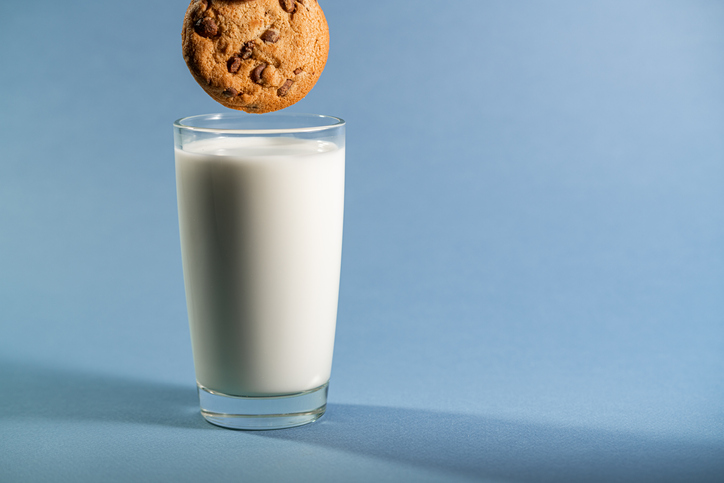How to measure volume

Measuring the volume of a standard shape (e.g. cube, cylinder, sphere) is straightforward, as one only needs to measure the relevant dimensions (length, height, diameter, etc.) and calculate the volume using known geometric equations. Measuring a non-standard shape is also straightforward if you have an analytical balance. Using Archimedes' principle of buoyancy, the weight of the object, when immersed in a liquid, will decrease by the volume of liquid the object displaces, which is its volume. Using the density attachment for an analytical balance, the mass of the object is first measured. A beaker of a suitable liquid (e.g. water) is then placed on the density attachment, and the object is re-weighed, this time while immersed in the water. By subtracting the difference in the two masses, one calculates the mass of the liquid that was displaced by the object. Knowing the density of the liquid at the test temperature, one can calculate the volume of the test sample by dividing the buoyancy mass by the fluid density.
This method is useful for measuring the change in dimensions of samples due to polymerization, crosslinking, crystallization, or other chemical processes.